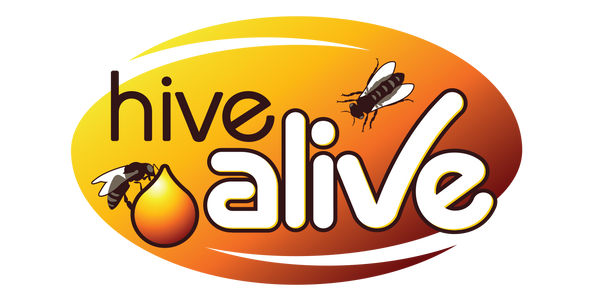Surviving the Heat: How to Protect Your Honey Bees from Summer Dearth
Jun 02, 2025
Summer can be tough on honey bees. Long, hot days, sudden dry spells, and unpredictable weather patterns put colonies under real pressure. If you're not prepared, heat stress and summer dearths can weaken your hives just when they should be thriving.
Let's break down what heat stress looks like, how summer dearth affects your bees, and how you can support your colonies through the toughest part of the year.
What Happens to Bees in Extreme Heat
Honey bees are incredibly good at regulating hive temperature. They work together, fanning their wings and bringing in water to cool the hive when temperatures soar.
But when temperatures climb above 95°F (35°C) for extended periods, and nectar flows dry up, even the strongest colonies can struggle.
Recent research shows:
- Bees change their hive positions to protect brood during heat waves (Source).
- High heat causes bees to produce protective substances like trehalose to stabilize their cells (Source).
- Dehydration, not just heat, can stop bees from foraging at around 110°F (Source).
- Colonies reorganize food and brood areas in the hive to better insulate during extended heat stress (Source).
Without good management, heat stress can lead to:
- Brood death
- Queen loss
- Decreased honey production
- Increased susceptibility to pests like varroa mites
Understanding the Summer Dearth
The "summer dearth" is a period when few or no nectar-producing plants are blooming. This often happens after the big spring bloom ends, and temperatures get too high for many plants to thrive.
In areas like the southern U.S., parts of the Midwest, and even inland areas in the Northeast, a summer dearth can leave bees hungry and stressed.
Signs of a Summer Dearth:
- Bees robbing weaker colonies
- Loud, aggressive behavior around the hive
- Bees ignoring water sources
- Empty nectar combs
How to Help Your Bees Beat the Heat
Managing heat stress and summer dearth doesn't have to be complicated. With a few smart steps, you can keep your colonies healthy and strong.
1. Ensure Adequate Ventilation
Good airflow is critical. Add a screened bottom board if you don't already use one. Prop open the inner cover slightly to encourage hot air to escape. Some beekeepers even drill small ventilation holes near the top of the hive during extreme heat.
2. Provide Plenty of Water
Bees need water to cool the hive. Set up shallow water sources with landing spots (like floating corks or stones) near your apiary. Refill them daily in hot weather.
3. Offer Supplemental Feeding
During a dearth, natural nectar is scarce. Don't let your bees starve or shrink in population.
This is where HiveAlive products can make a big difference:
- HiveAlive Liquid: Add to your sugar syrup feed to give bees extra support. HiveAlive contains seaweed extracts and essential oils that help boost gut health and overall colony strength.
- HiveAlive EZ Feed Super Syrup: For a no-mix, ready-to-use option, our EZ Feed pouches make feeding easy. Each box has 9 pre-mixed 2 lb pouches - perfect for keeping bees fueled without the hassle.
- HiveAlive High Performance Pollen Patty: With two options to choose from our pollen patties are a game changer and support your bees when pollen resources are low.
4. Monitor Hive Health More Closely
In high heat and dearth conditions, colonies are more vulnerable to varroa mite infestations. Stay on top of mite counts, and treat as needed to prevent a collapse.
Summer brings challenges, but also opportunities. Strong, well-fed, and well-managed colonies will bounce back fast when fall nectar flows arrive.
Don't let heat stress and dearth steal your season. With smart ventilation, steady water sources, and strategic feeding with HiveAlive products, you can keep your bees buzzing strong all summer long.
